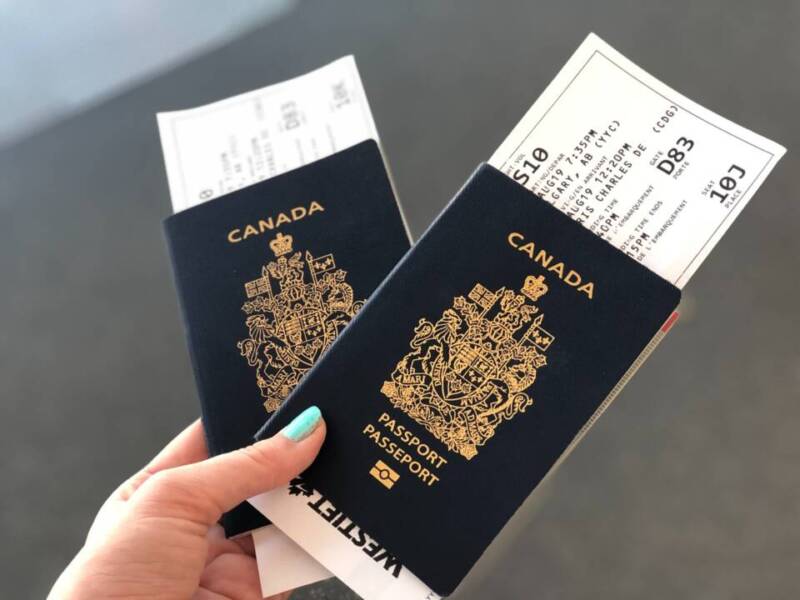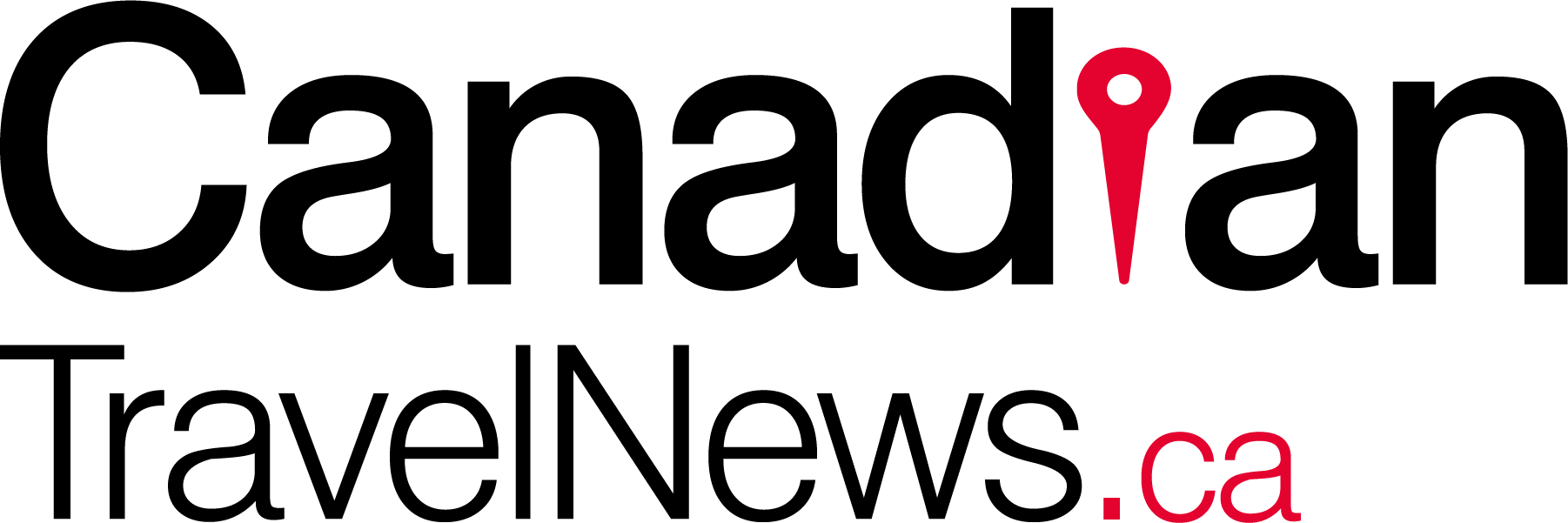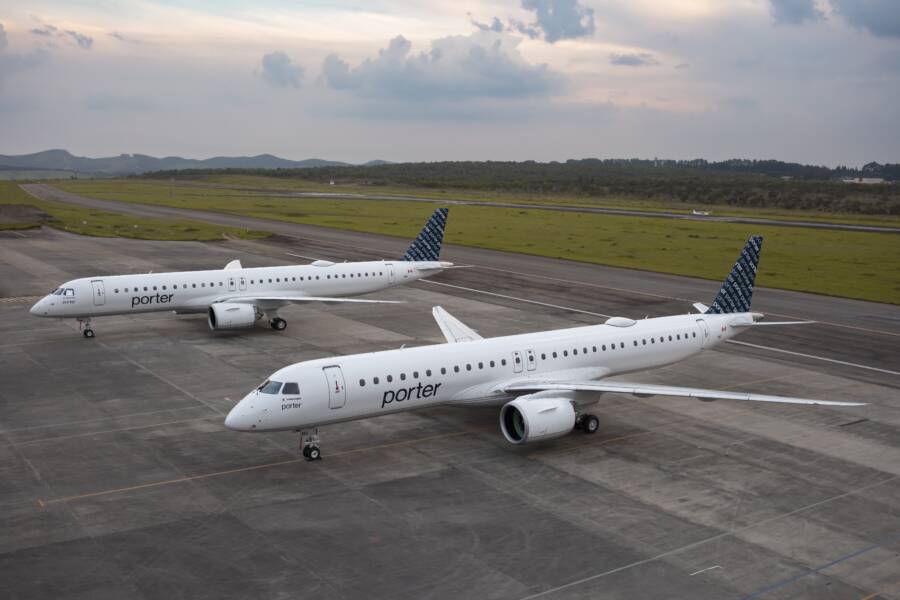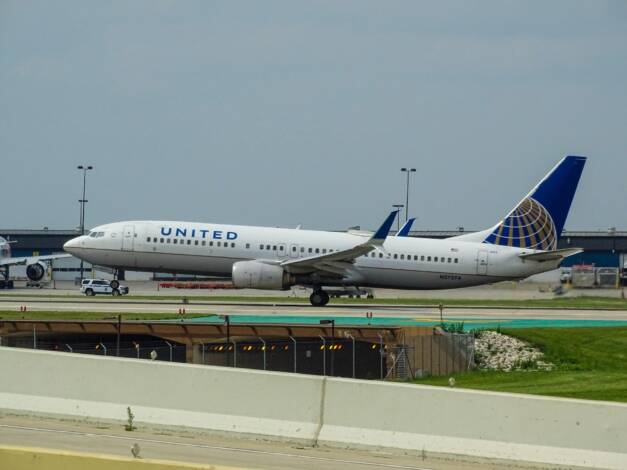
Arriving in Canada – What You Need to Know
August 31, 2021 Marsha Mowers
Last week we travelled home from the US after a press trip to the Bahamas with Royal Caribbean’s Oasis of the Seas. We documented the process to leave the country, now here’s a look at what you need to know when you return to Canada.
Fully vaccinated American travellers have been allowed to enter Canada since August 9th, while fully vaccinated international visitors are set to be allowed to visit as of September 7.
All travellers, regardless of vaccination status, must have proof of a negative molecular (PCR) test to enter
Only those aged 5 and under are exempt from needing a negative test to enter Canada. Everyone else, regardless of if you’re fully vaccinated or not, needs to show proof of a negative test. Canada does NOT accept the Antigen test, only molecular, of which PCR is the most popular. There are other accepted types of molecular tests which can be found here.
Fully vaccinated travellers are exempt from quarantine.
Fully vaccinated travellers do not have to quarantine on arrival anymore. If you have not received two doses of the below list of approved vaccines, at least 14 days before your arrival in Canada, you are not considered fully vaccinated.
- Pfizer-BioNTech (Comirnaty, tozinameran, BNT162b2)
- Moderna (mRNA-1273)
- AstraZeneca/COVISHIELD (ChAdOx1-S, Vaxzevria, AZD1222)
- Janssen/Johnson & Johnson (Ad26.COV2.S)
Unvaccinated youth aged 12 through 17 must follow all testing and quarantine requirements, whether or not they are accompanied by travellers who qualify for the fully vaccinated traveller exemption.
Unvaccinated travellers must quarantine for 14 days – hotel quarantine is no longer mandatory
When you enter Canada unvaccinated, you’ll be instructed to either take an arrival test at the border or receive a home test kit. You will also get a kit to use on Day-8 of your mandatory quarantine.
There is no fee for the arrival test.
Flying: You may be required to take a COVID-19 test before exiting the airport unless directed to use a home test kit.
Driving: If your border crossing doesn’t offer on-site testing, or you decide not to use the on-site testing station, you’ll need to follow the instructions in your home test kit to complete the test at your destination.

Everyone must enter their arrival details into the ArriveCan App, within 72 hours of arrival
Every traveller, regardless of vaccination status, must fill out the ArriveCan app which allows for uploading of test results and vaccination proof. The app allows families to do one entry for everyone. You will get a receipt which you should screenshot for easy access, to show border officials as you go through customs.
If you are not considered fully vaccinated, a suitable quarantine plan must also be entered, and you may be asked to explain your quarantine plan at the border.
VERY IMPORTANT: Do not include unvaccinated dependent youth aged 12-17 in your ArriveCAN submission. Complete your submission without them so that you have a receipt for the rest of the group. You will be able to provide the information for the youth(s) before boarding your flight or upon entry to Canada.
Even if you check in online, you still need to go to the Check-in Counter
This one surprised us, and we happened up it accidentally after we thought we’d see if we could change to an earlier flight.
After asking about the flight change, the agent asked if we were checked in already and told us we still needed to check in at the counter so they could review our documents. She checked our proof of vaccination, passport and negative test and then updated our reservation to reflect that. We told her we were writing a story on the whole process, and she asked us to “please, get the word out that all travellers need to have their documents reviewed here first.”

Expect Long Waits
If there was any doubt travel is back, the long lines at the airport prove it. Whether it’s for check-in or to go through security and customs, it’s busy. Really busy as in pre-COVID busy. This is the pic of Toronto Pearson’s Customs line. (Thankfully we have Nexus – which is open and took 10 mins). When it is recommended to arrive at the airport at least three hours ahead of your flight, this is why.
And finally, it’s worth a reminder: don’t forget to pack your patience.
It’s cliché, but it’s true. Everyone is adapting to the new reality as best they can. Staff are being brought back and retrained; traveller tempers are on the edge – the industry’s doing as best they can as we emerge. Understand there are going to be extra steps, extra time involved, but rest assured, that first step into the airport and onto a plane will be one of the best feelings you’ll have.
About the Author

Marsha Mowers made the move to editorial side of travel after many years working in destination marketing where she represented places such as NYC and Las Vegas. Her experience on “both sides” of the industry has put her in a unique position to provide valuable context to both readers and trade partners. Marsha also serves as Director of Content for TravelPulse Canada












